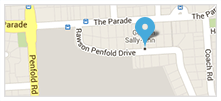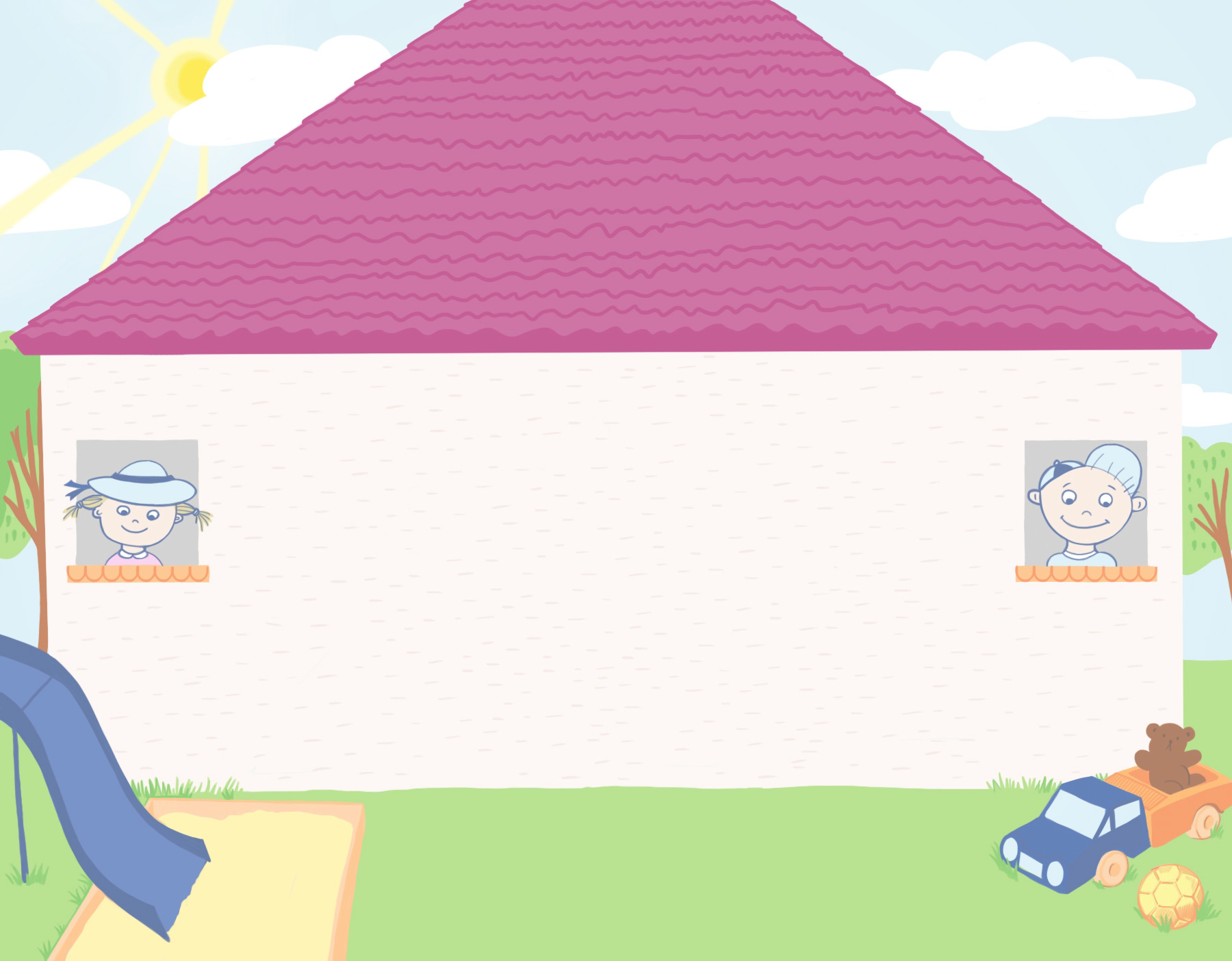-
Remy, the therapy dog has a new friend, Kaylee, who is a Cavoodle. Kaylee is currently undergoing training as a ...
-
Sally-Ann wishes to announce that as of 31st March 2019, she is able to see Private Clients, as well as those ...
Behaviour Management and Communication difficulties
Children with communication difficulties can demonstrate their frustration by acting out, having tantrums or in the case of children on the Autism Spectrum, meltdowns ( i.e. tantrums which can last for extended periods of time.)
Management of the child’s behaviour needs to be consistent in all situations for it to be effective. Positive reinforcement (praise) of desirable behaviour far outweighs negative reinforcement (punishment of any sort e.g. shouting, smacking etc). Praising the behaviour by saying ‘good listening’ is far better than saying ‘good boy/girl’ as the child then knows what behaviour is desirable.
Sally-Ann believes that our role as adults and parents is to bring up children to be resilient so that they can cope with life’s challenges
The motivation to do well should come from within. Allowing children to problem-solve is far superior to always be ‘fixing things’ for them.
Many parents with children with special needs often do too much for them, without allowing them first to at least have a go.
Children with communication difficulties often respond to visual rather than auditory input. Pictures last longer than words, therefore children who have difficulty in processing verbal instructions, benefit from seeing what they have to do. Such visuals can be in the form of signing (Auslan, Key Word Signing or Makaton). Photographs, computer generated images such as Boardmaker cards are useful aids in assisting children in understanding what is expected of them. They can also be used to indicate to children which behaviours are desired and which are not. Such visuals can help them to understand how to function in social situations.
Sally-Ann is able to provide individually tailored visual aids for the child. Alternatively she invites parents to use her computer to generate Boardmaker cards and or Social Stories.
Care needs to be taken to work out why the child might be having these ‘meltdowns’ and strategies need to be put in place to assist the child in communicating what might be bothering them.
Meltdowns can occur when:
- there are changes in routines. ( i.e. a relief teacher).
- there are noises in the environment which are bothersome to the child.
- children do not want to eat what is presented to them.
- there are too many visual stimuli in the environment.
- they are overwhelmed by too many sensory stimuli in the environment.





